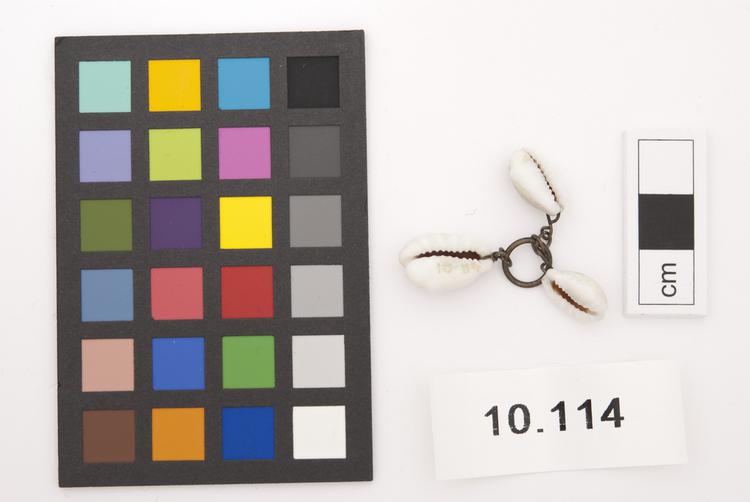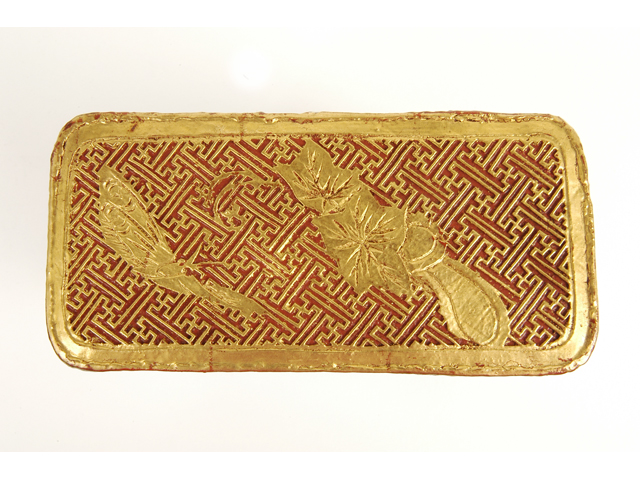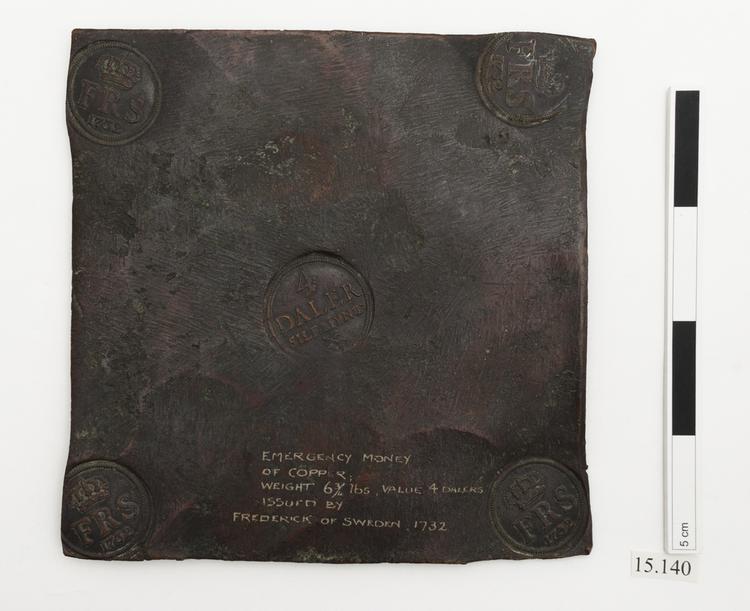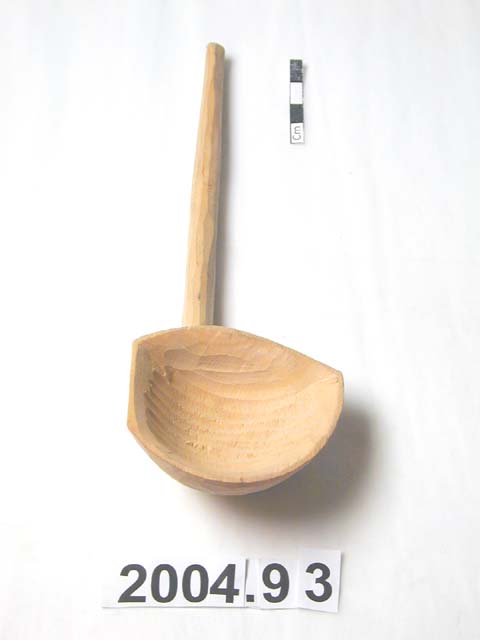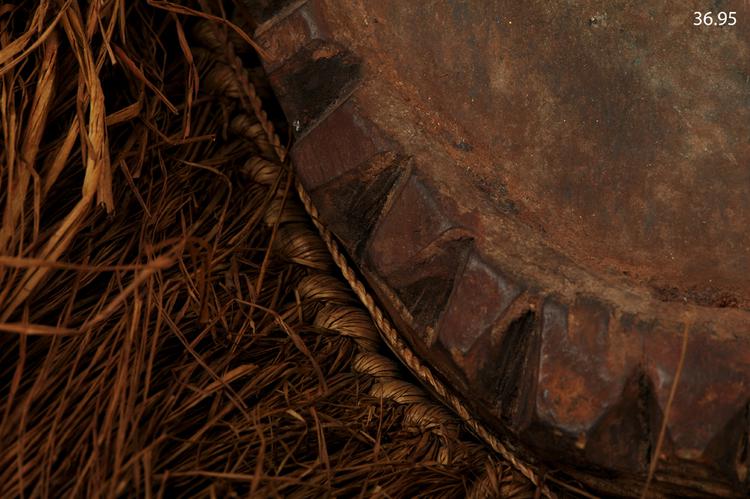
Wooden mask with looped beak nose and beard fringe composed of coconut fibre which is suspended from several perforations around the lower rim of the mask. The eyes are blacked with paint and dotted with white and green paint. At the top of the mask there is a suspension loop
Dance Mask, Murup, Ramu River, Madang Province, Papua New Guinea This dance mask from the coastal delta of the Ramu River in northern Papua New Guinea is in exceptionally good condition, and still preserves its bearded mane of plant fibre hair all around. Among the coastal peoples of the Sepik and Ramu deltas, masks such as this are known as murup, and are used in the initiation ceremonies that are performed when adolescent boys come of age. The name murup also means ‘flute’, and the mask and flute are collectively understood as the physical and sonic parts of a supernatural forest-dwelling monster called Murup. Murup is believed to kill women and children on sight, and during the initiation ceremony itself, the boys are symbolically eaten by this monster, to be reborn as men. One of the new men then bursts forth from the initiation house wearing their murup mask, and the women and children must flee for their lives. Wood, pigment, vegetable fibre. Early 20th Century. Collected on the Ramu by Lord Moyne during his 1936 expedition to New Guinea.



